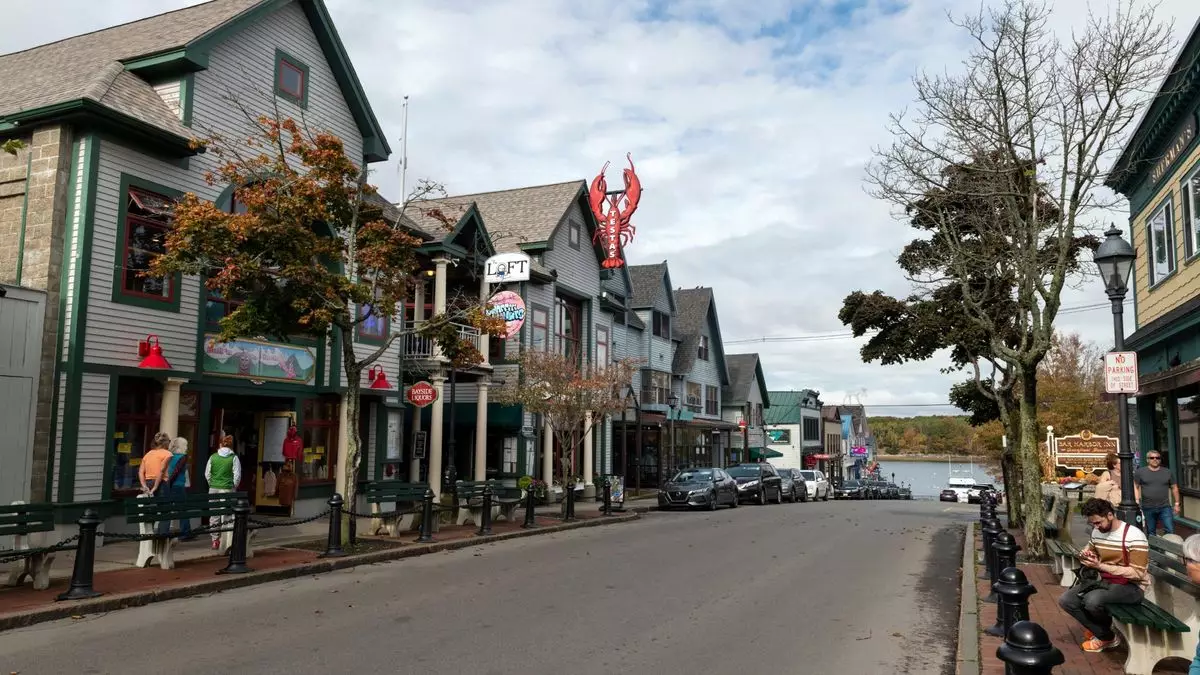Bar Harbor, a picturesque town nestled along the New England coastline, faces a pivotal moment in November as residents prepare to vote on the controversial 1,000-passenger daily limit for cruise ship visitors. Initially enacted during a referendum in November 2022, this regulation aims to control the influx of cruise passengers—a move that has sparked passionate debate among locals. Should the residents choose to repeal this limit, the town council has proposed a more lenient cap of 3,200 passengers per day, reflecting a significant shift in policy since the original vote.
Prior to the establishment of the 1,000-passenger limit, Bar Harbor operated under flexible seasonal restrictions, accommodating anywhere from 3,500 passengers in the peak summer months to a staggering 5,500 during shoulder months in May, June, September, and October. The knee-jerk reaction to impose strict limits came in response to community concerns about overcrowding and environmental impacts brought on by large cruise ships. However, this limitation has effectively marginalized major cruise lines, fostering tension between a desire for conservation and the economic realities of tourism.
The legal landscape in Bar Harbor has been tumultuous since the passage of the caps. Following the approval of the 1,000-passenger limit, numerous lawsuits were initiated by local businesses claiming financial repercussions from this restriction. While the U.S. District Court in Maine allowed the limit to remain in effect as of March this year, the decision saw limited immediate impact on actual cruise traffic. This disconnect is largely attributable to the advance scheduling of many cruise lines, which had secured port calls for 2024 prior to the referendum. The “grandfathering” of these reservations complicates the enforcement of the cap, as several cruises, including prominent lines like Norwegian Cruise Line and Royal Caribbean, are set to dock in Bar Harbor for years to come.
As Bar Harbor stands at this crossroads, the implications of the community’s choice will echo far beyond the docks. In 2019, over 250,000 cruise passengers visited the harbor, contributing significantly to the local economy. Many residents and local business owners fear that the proposed 1,000-passenger limit could effectively halve this number, adversely affecting their livelihoods. Critics argue that maintaining such a limit prioritizes resident comfort over economic vitality. This tension encapsulates a broader struggle— balancing the tranquility that many seek within the local environment against the tangible benefits that tourism brings.
At the heart of the debate is the struggle between preserving the natural beauty and small-town ambiance of Bar Harbor and supporting the economy that thrives on tourism. Residents frustrated by hordes of visitors during the peak season clash with business owners who stress the necessity of cruise ship tourism for job preservation. The outcome of the upcoming vote will ultimately dictate the town’s trajectory, shaping Bar Harbor’s identity in the years to come. The decision represents more than a simple choice; it embodies the larger tension between progress and preservation that many coastal communities grapple with today.


Leave a Reply